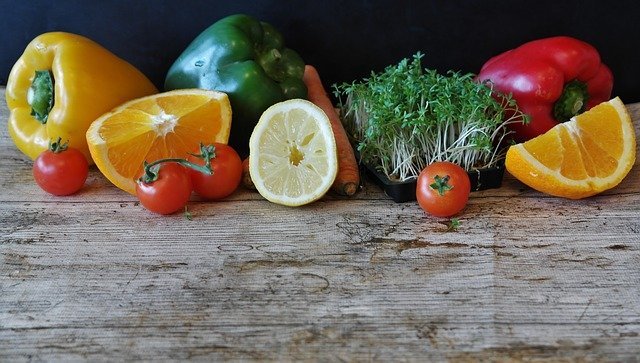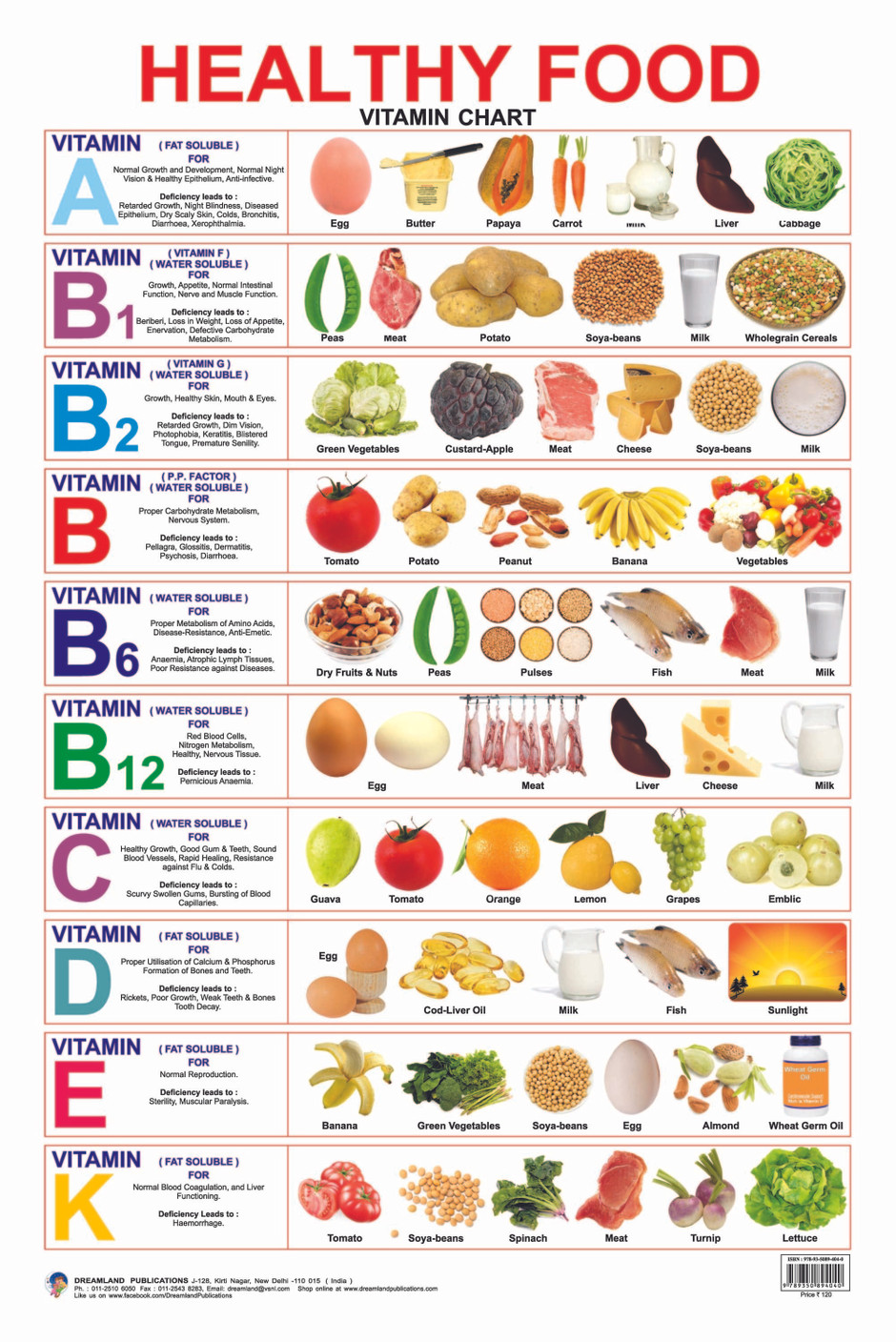Welcome to Nutrition Day!
Objectives:
- To understand the content of a healthy human diet: carbohydrates, lipids (fats and oils), proteins, vitamins, minerals, dietary fibre and water, and why each is needed
- To be able to make calculations of energy requirements in a healthy daily diet
- The know the consequences of imbalances in the diet, including obesity, starvation and deficiency diseases
Vocabulary
Nutrition: The process by which organisms take in and utilize food material.
Digestion: The process by which food is broken up physically, as by the action of the teeth, and chemically, as by the action of enzymes, and converted into a substance suitable for absorption and assimilation into the body.
Session One – Nutrients
Nutrient: Nourishing; providing nourishment or nutriment.
A nutrient is a substance needed by organisms to stay alive and healthy. A healthy human diet involves seven different kinds of nutrient:
- carbohydrates
- proteins
- lipids (fats and oils)
- minerals
- vitamins
- dietary fibre
- water
Some foods are particularly rich in certain nutrients. Water is needed for cells and body fluids.
What are carbohydrates?
Carbohydrate: Any of a class of organic compounds that form the supporting tissues of plants and are important food for animals and people.
Carbohydrates are needed to provide energy.
Examples of food with simple carbohydrates:
- Baked goods (including bread) made with white flour
- Cake
- Candy
- Candy bar
- Carbonated drink
- Chocolate
- Cookie
- Corn syrup
- Fruit juice
- Fruit preserve or jam
- Fudge
- Honey
- Whole milk
- Plain, full fat yogurt
- Most packaged cereals
- Pasta made with white flour
- Table sugar
Structure.
Carbohydrates Activity.
What are lipids, oils and fats?
Lipid: Any of a group of organic compounds that are greasy to the touch, insoluble in water, and soluble in alcohol and ether, such as fats.
Lipids both provide energy and store it in the body to insulate it against the cold.
Examples of foods containing lipids:
| Type of Fat | Basic Information | Where to Find It |
| Saturated Fats | Solid substance when it is at room temperature | Animal foods (butter, meat, cheese, milk, etc.)
Tropical oils (palm oil, cocoa butter, coconut oil) |
| Unsaturated Fats (monounsaturated) | Liquid when it is at room temperature | Vegetable oils (olive, peanut, canola oils)
|
| Unsaturated Fats (polyunsaturated) | Two types of fats: Omega-6 and Omega-3 | Plant-based oils (Omega-6: sunflower, sesame, corn, soybean, and safflower oils)
Seafood (Omega-3: shellfish, salmon, herring, sardines, anchovies, and trout) Nuts and seeds: (Omega-3: walnuts, flaxseed, soybeans) |
| Trans Fats (trans polyunsaturated fatty acids) | Hydrogenated fats make foods crispy
|
Processed foods (potato chips, crackers, cookies)
Dressings and spreads (salad dressing, margarine) |
Lipids Activity.
Find lipids in the kitchen area and take a photograph of them.
Label it ‘Lipids’ and explain the purpose of lipids in the human diet.
What are vitamins and minerals?
Vitamins and minerals are needed in small amounts to maintain health.
Examples of foods containing vitamins and minerals:
Vitamins and Minerals Activity.
Make a Vitamin or Mineral Info Sheet. It should include:
- the name of the vitamin and mineral
- the importance of it
- the danger of being deficient in it
- images of food that contain it
What is dietary fibre?
Elimination: the act of discharging or excreting waste products from the body.
Dietary fibre provides roughage to help to keep the food moving through the gut.
Examples of vegetables high in fibre here.
Video Here.
Dietary fibre Quiz.
Complete the following multiple choice quiz.
What is protein?
Proteins are one of the three types of nutrients used as energy sources by the body, the other two being carbohydrate and fat. Proteins and carbohydrates each provide 4 calories of energy per gram, while fats produce 9 calories per gram.
Animal proteins include foods such as:
- Whey (dairy)
- Casein (dairy)
- Egg
- Beef
- Chicken
Plant Based proteins include foods such as:
- Soy
- Pea
- Brown Rice
- Chickpea
Protein is needed for growth and repair.
More about protein rich foods here.
Protein Activity.
Complete the following Activity.
Session Two – Diet
Diet: Any nourishing substance that is eaten, drunk, or otherwise taken into the body to sustain life, provide energy, promote growth, etc.
A balanced diet means eating different kinds of healthy foods each day. You will be eating a balanced diet if you eat foods from each of the food groups. You may need to eat less food if you weigh too much. If you are underweight, you may need to eat more food. Exercise will help you stay at your best weight.
Diet Activity.
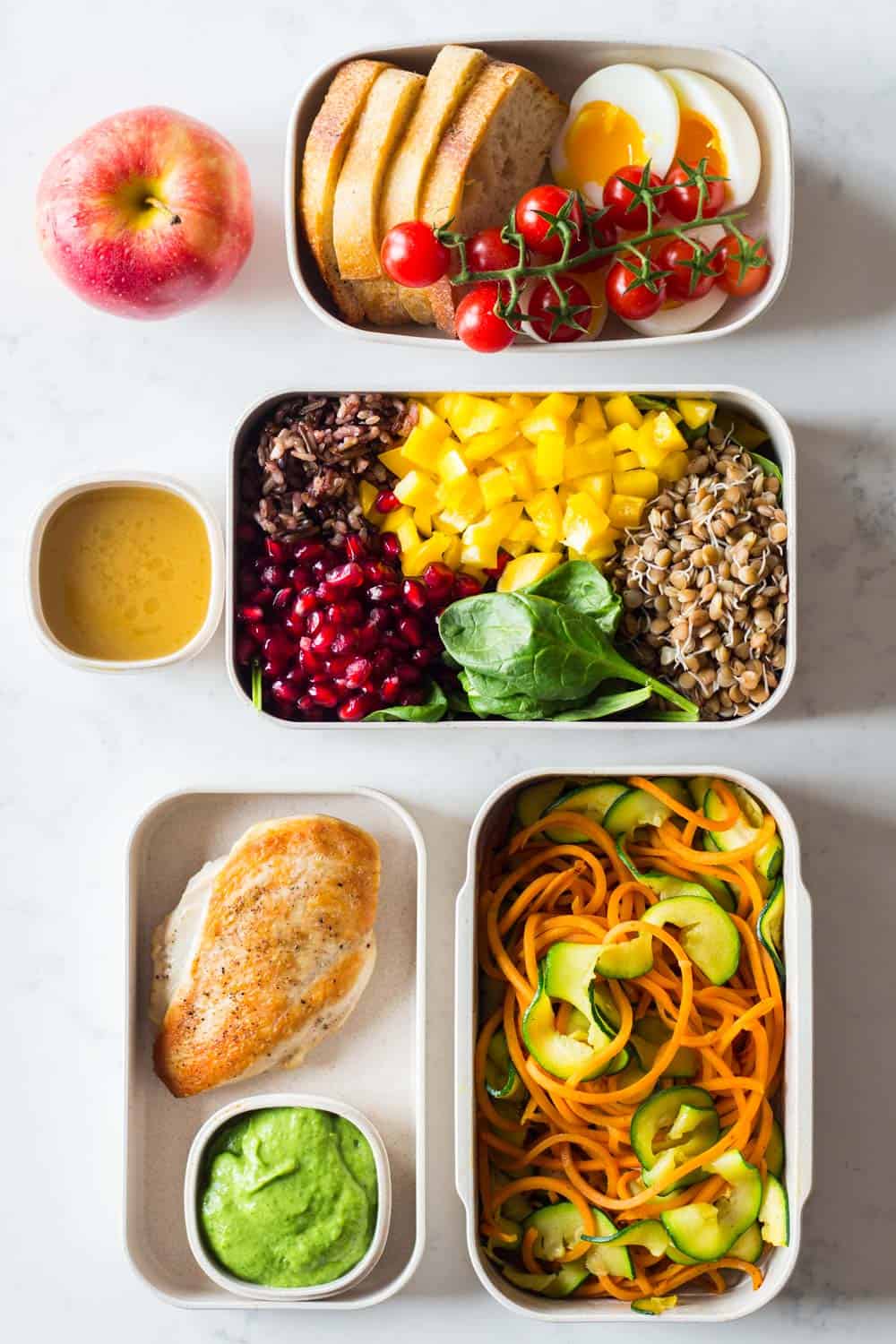
Plan a nutritionally balanced meal.
- Draw it or write about it, such as in the style of a menu. You can also use photos.
- Label / identify the nutrient groups.
- Be prepared to explain why your meal is a balanced meal.
Session Three – Calculating energy requirements
Energy: Any source of usable power.
Energy needs
Each person needs a different amount of energy depending on factors such as:
- gender (male or female)
- age
- amount of daily activity
If you look on the side of food packets you will see the food’s energy content. This is usually measured in kilojoules, kJ. For example, a one-year-old baby needs 3850 kJ each day to continue to grow, whereas an adult Olympic swimmer in training needs 15,600 kJ each day. Someone who sits at a desk all day will need less food than their twin who climbs ladders all day to wash windows.
Too thin, too fat
If the amount of energy you get from your food is different from the amount of energy you need, your diet will be imbalanced:
- too little food may lead to a person being underweight
- too much food may lead to a person being overweight
Balanced Diet Activity.
Calculating the required energy
Use this tool to calculate your own daily energy requirements.
Now use this tool.
Record your answers.
If the answers are very different, think about why that might be.
Session Three – Dietary Imbalance
Session Four – The Effects of a Poor Diet
Deficiency: The state of being deficient; a lack of something; incompleteness; insufficiency.
Obesity: The condition of being very fat or overweight.
Starvation:The act or state of starving; condition of being starved.
A balanced diet is one that contains the correct amounts of all the necessary nutrients needed for healthy growth and activity. An imbalanced or poor diet can contain too much or too little of a particular nutrient. If you have too little of a particular nutrient, we say that you have a deficiency in that nutrient. For example, fibre is needed to keep food moving through the intestines easily, and people who have a fibre deficiency in their diet may get constipation.
Mineral deficiencies
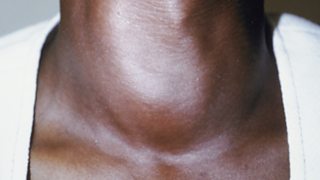
You only need small amounts of the different minerals in your diet to stay healthy, but mineral deficiencies can make you ill. For example:
- iron deficiency can cause anaemia, where there are too few red blood cells
- iodine deficiency can cause a swelling in the neck called goitre
Vitamin deficiencies
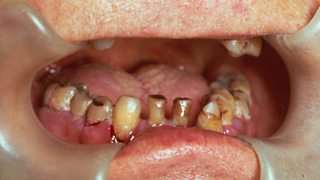
Like minerals, you only need small amounts of the different vitamins in your diet to stay healthy, but you become ill if you do not get enough. For example:
- vitamin A deficiency can cause blindness
- vitamin C deficiency causes scurvy, which makes the gums bleed
- vitamin D deficiency causes rickets, which makes the legs bow outwards in growing children
Unbalanced Diet Activity.
Here are some common symptoms and deficiencies:

Complete this VENN diagram.
Wrap Up!
Which food group are you?Food Groups
